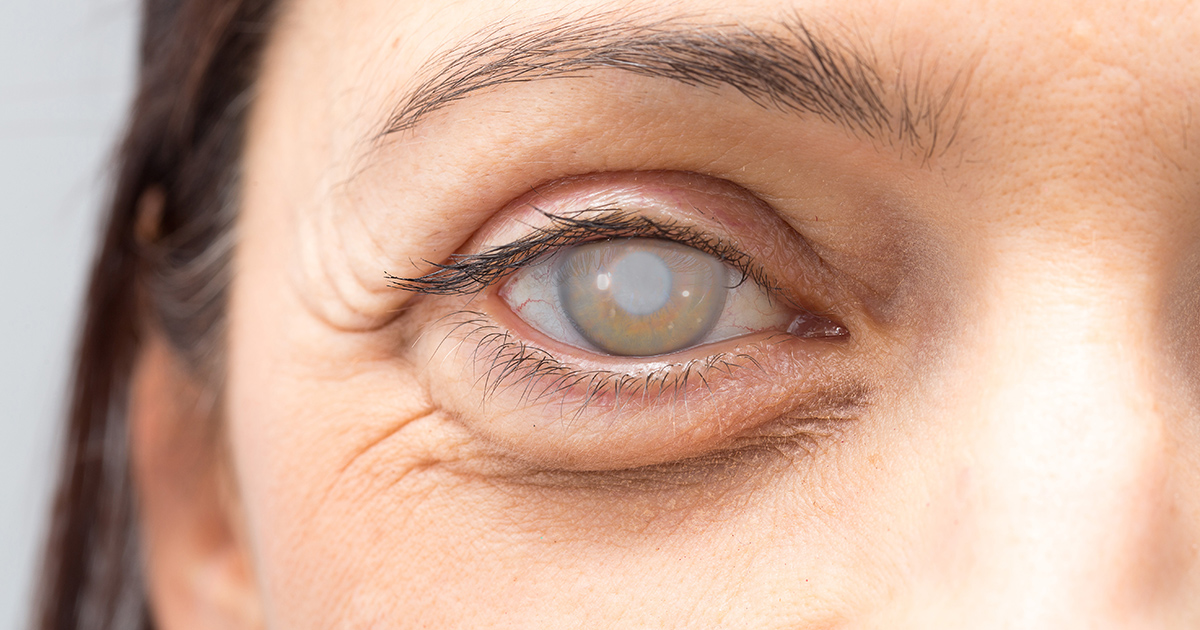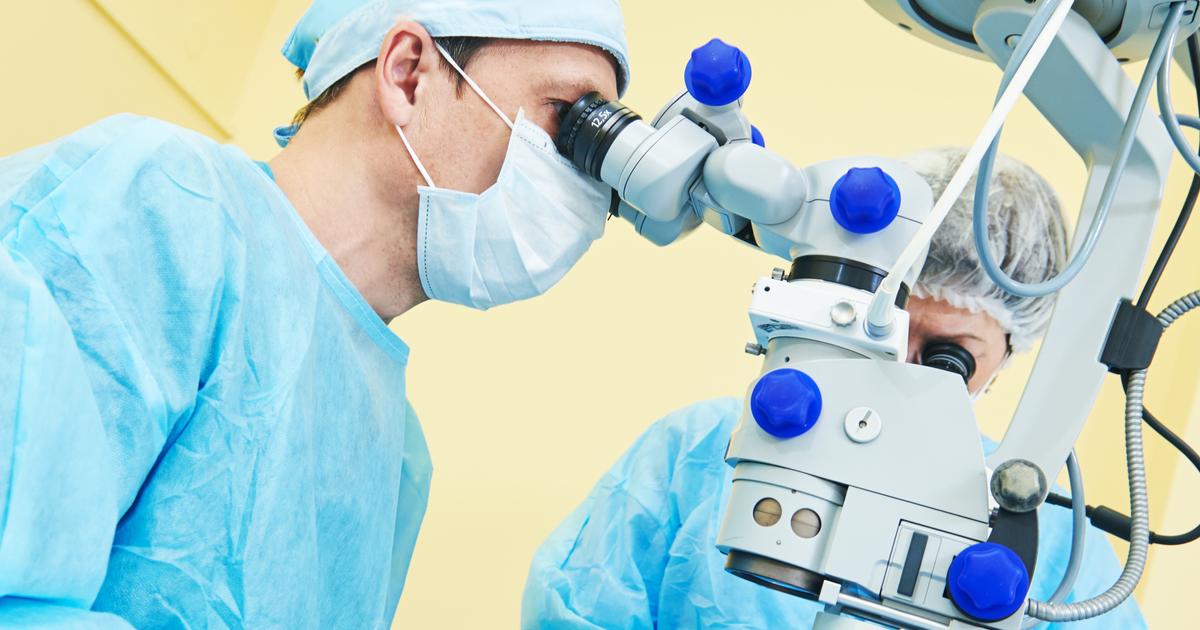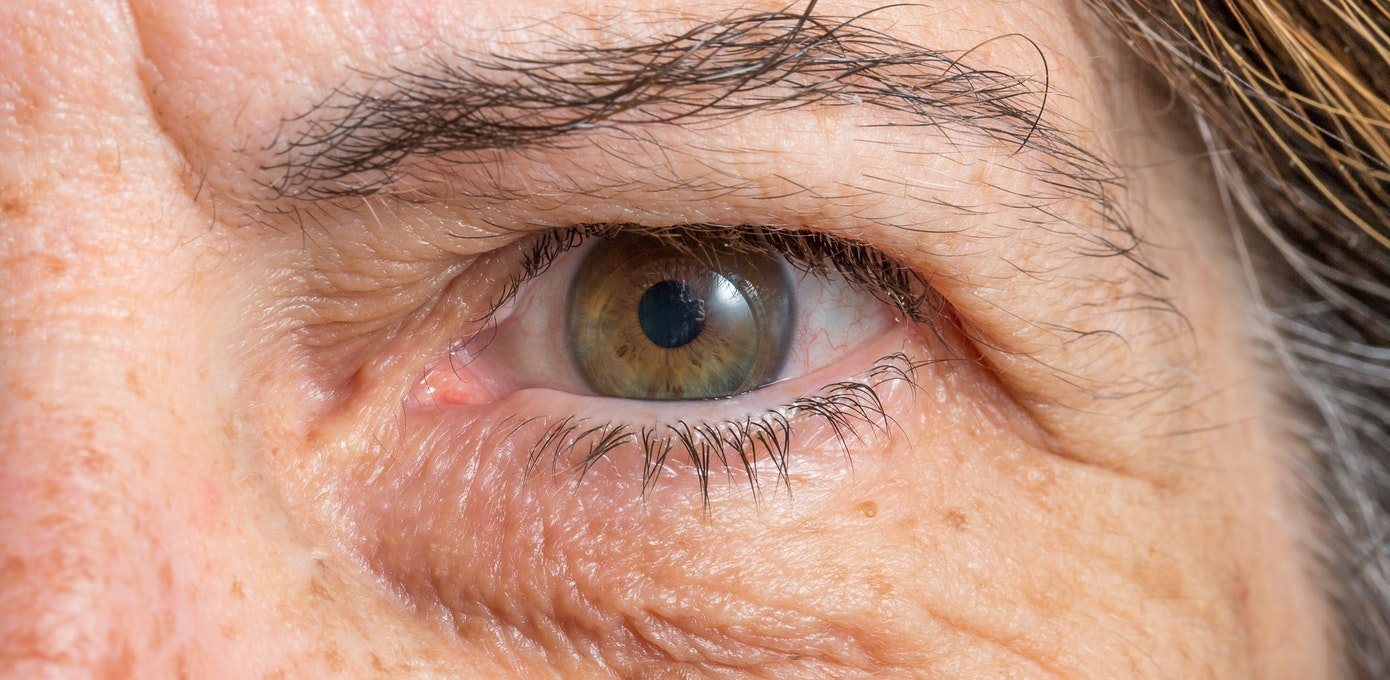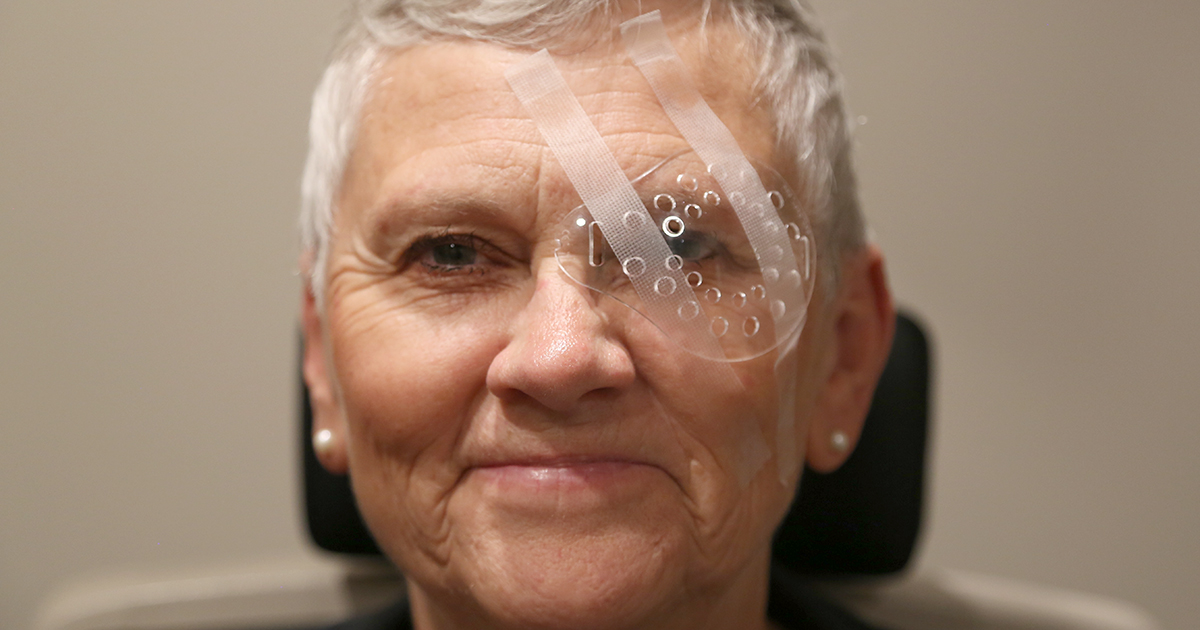Guide To Cataract Surgery
Cataract surgery is a surgical procedure that is performed for the treatment of cataracts, a condition that affects the eyes where the lens becomes clouded when it should stay clear. This cloudy covering on the lens causes trouble with visual performance, making it difficult to drive a car, see another individual's facial expression, and read. Cataracts develop slowly over several years and usually do not cause any symptoms during the early stages. Common symptoms that eventually develop from cataracts include clouded vision, dim vision, blurred vision, problems with vision at night, glare sensitivity, seeing halos around lights, frequent prescription eyewear alterations, yellowing of colors, and double vision in one eye. Even when cataracts have developed, stronger lighting and specialized glasses can be used for treatment until they lose their efficacy.
Get the full details on cataract surgery now.
When It's Performed

Cataract surgery is performed on a patient who has cataracts in their eyes that have progressed to the point where other methods of treatment are no longer effective. When an individual's everyday life and activities become too difficult to where they are disrupted by vision problems, cataract surgery is needed. In some cases, the presence of cataracts can cause problems with the treatment of another problem with the patient's eye, like diabetic retinopathy or age-related macular degeneration. When other eye conditions re unable to be treated due to the presence of cataracts in the eyes, cataract surgery is recommended. Cataract surgery is often performed at the same time as another eye surgery because it is more convenient, and cataracts have to be removed to perform the other eye procedure. Cataract surgery is a common medical procedure because cataracts are one of the most prevalent causes of visual impairment in individuals over sixty years old.
Learn about how to prepare for cataract surgery next.
Preparing For Surgery

Patients can prepare for cataract surgery in several ways to ensure their procedure and recovery go smoothly. A week before the procedure date, the physician may perform an ultrasound to evaluate the shape and size of the patient's eye. The patient will need to arrange transportation to and from the facility where the procedure will take place. Patients taking certain types of medications like anticoagulants, antiplatelets, acetylsalicylic acid, and certain stimulants may be advised to stop taking these drugs several days before their procedure. Most patients are given instructions to refrain from eating or drinking anything during the twelve hours before their surgery. The night before the cataract removal procedure, patients may be given eye drops or other medications to take following specific instructions. These instructions must be followed closely. An individual will be advised not to consume any alcoholic beverages the night before they have cataract surgery. Some patients may be prescribed a medication to take the night before the procedure if they are too anxious to get the proper amount of sleep.
Get the full information on how the procedure itself works next.
How The Procedure Works

The surgical procedure used to remove cataracts typically takes around an hour to complete. The surgeon will first give the patient drops in their eye to help dilate or enlarge their pupils. A patient may receive sedatives to help relax them during the procedure before the local anesthetic is administered. There are two different methods a surgeon can use to remove the clouded lens. Phacoemulsification is a method where the surgeon makes a corneal incision and inserts a specialized and thin probe into the part of the lens where the cataract is located. The probe is then used to emulsify or break up the cataract with ultrasound waves before the leftover fragments are suctioned out of the eye. Extracapsular cataract extraction is a method where the surgeon makes a larger incision and removes the front capsule of the lens that contains the cataract. The back of the lens capsule is left undisturbed so it can function as a resting surface for the artificial lens. Once the lens is placed, the surgeon stitches the incision up. Extracapsular cataract extraction is reserved for patients who are not suitable candidates for phacoemulsification.
Uncover the details on the risks of cataract surgery next.
Risks Of The Procedure

Just like any other medical procedure, surgery to remove cataracts carries some risk of certain complications. Patients are at a higher risk of experiencing complications if they have a preexisting eye condition or disease unrelated to their cataracts. Another underlying condition or disease like macular degeneration can cause a patient's cataract surgery to be unsuccessful at improving visual performance. A patient may experience the common side effects of inflammation, swelling, and infection in their eyes after they have the procedure. Other uncommon complications that may result from cataract surgery include bleeding, drooping eyelid, detachment of the retina, development of a secondary cataract, dislocation of an artificial lens, development of glaucoma, and loss of vision. Taking all of the recommended precautions and making all of the necessary pre-procedural preparations can help a patient avoid increasing their risk of experiencing complications from the procedure to remove their cataracts.
Keep reading to learn about the recovery process next.
Recovery Process

Patients may experience blurry vision in the first few days after their cataract surgery. Visual performance in a patient who has just had cataract surgery should improve within five days. Most patients report colors are brighter and more defined after they have had their cataracts removed. Itchiness and mild discomfort should be expected during the first few days after cataract surgery. The patient should avoid touching, rubbing, or pushing on their eye within the first five days following their procedure. Most individuals are instructed to wear a patch over their eye for the rest of the day and at night when sleeping for a week. Prescription eye drops may be given to a patient who has had cataract surgery to help prevent the development of a post-procedural infection in the eye. Eye drops may also be given to help keep the pressure inside of the eye at an acceptable level ad to help reduce inflammation in the eye. It takes around eight weeks for a patient to recover fully from their cataract surgery. Patients may need to get prescription glasses between one and three months following their cataract surgery.